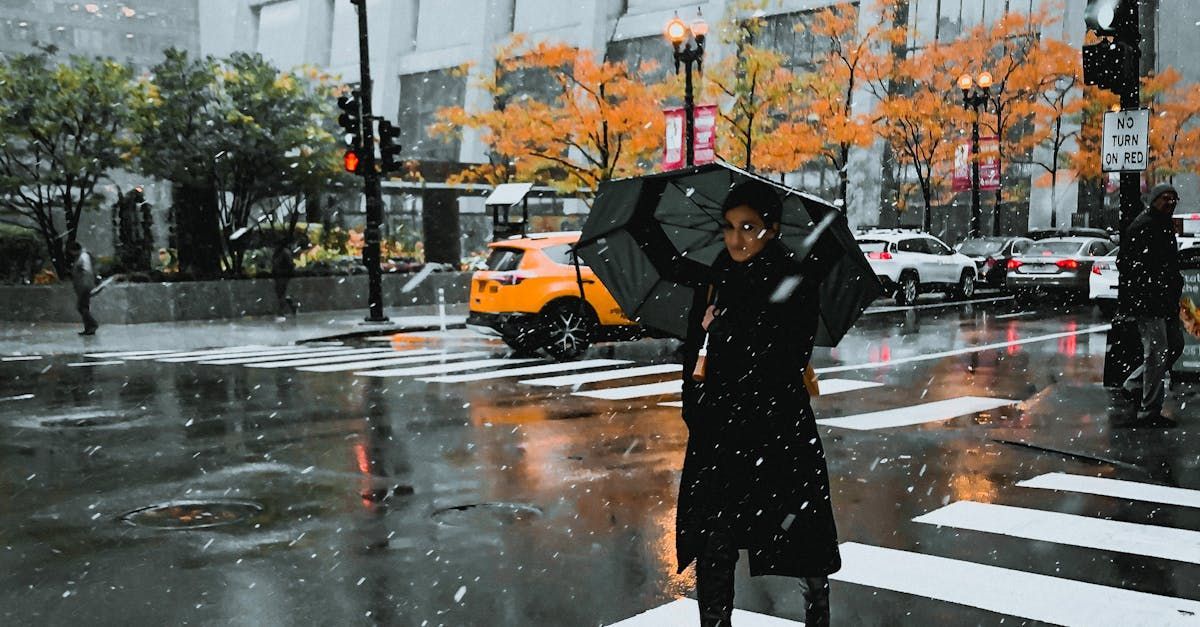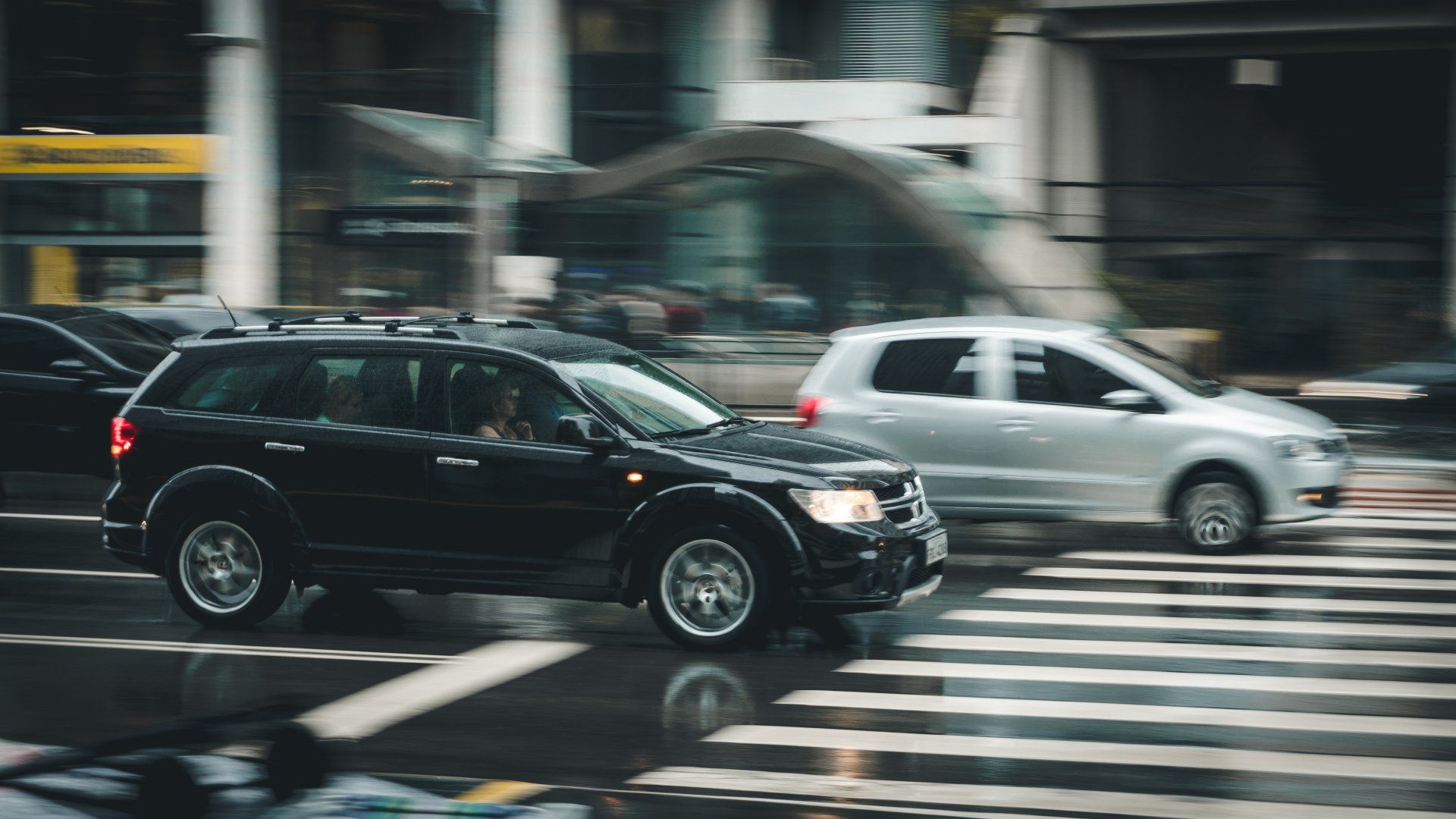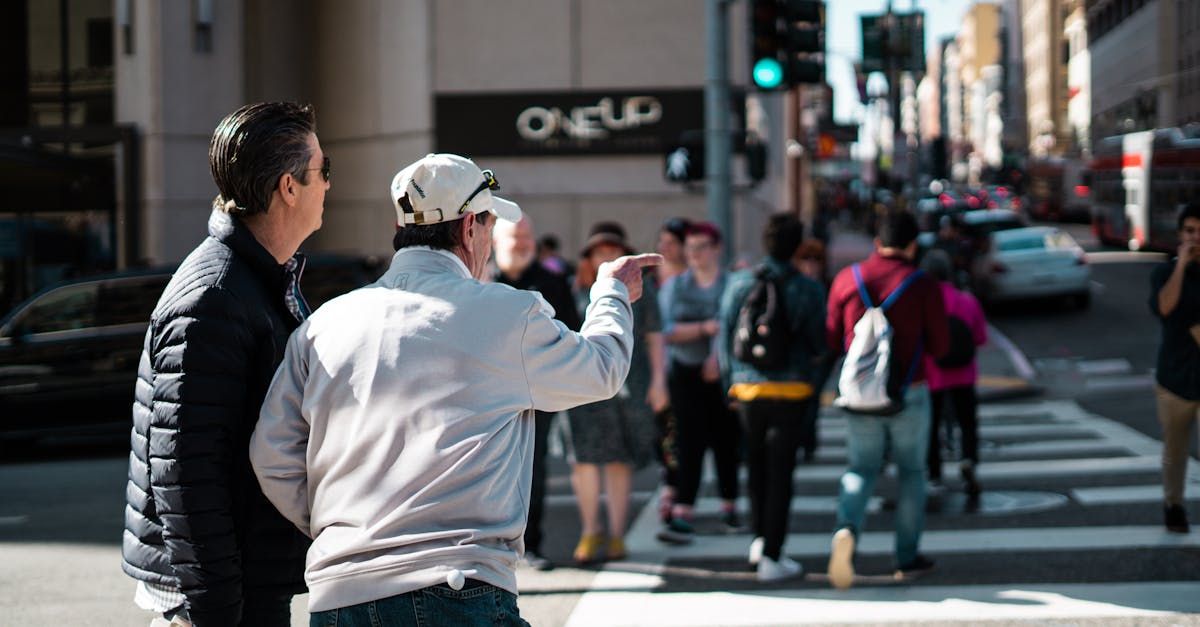Why helmets don’t always protect St. Paul bicyclists from serious injury
Safety advocates and political leaders frequently encourage bike riders in St. Paul to wear a helmet. And it’s true that bike helmets frequently prevent injuries from getting hit by a car from being much worse.
But a bike helmet cannot prevent all injuries from getting hit by a car. Unfortunately, you cannot 100 percent guarantee that you won’t sustain a traumatic brain injury.
Bike helmets are supposed to meet a minimum impact performance standard. However, not every helmet sold in Minnesota meets this standard, which typically simulates a collision at 22 kilometers per hour (about 13.7 mph). And, of course, it is not unusual for cars to be traveling faster than that before hitting a bicycle on the street. Also, the shape of the helmet can affect how effective it is in a real-world bike crash.
Comparative fault and bike wrecks
In theory, a driver sued for causing a bike accident could claim that the plaintiff contributed to their own injuries by not wearing a helmet. This should not scare you off from pursuing a claim. Minnesota employs the modified comparative fault method for personal injury claims. As long as your negligence does not exceed 50 percent, you can recover damages.
Usually, the focus on bicycle accident claims should not be on what the rider was wearing on their head at the time. It should be on what the driver did to put the rider in harm’s way. Were they speeding? Were they looking at their cellphone? Were they driving drunk? These and other negligent actions are what should matter most after a devastating bike accident has left you disabled or without the love and support of a family member.







